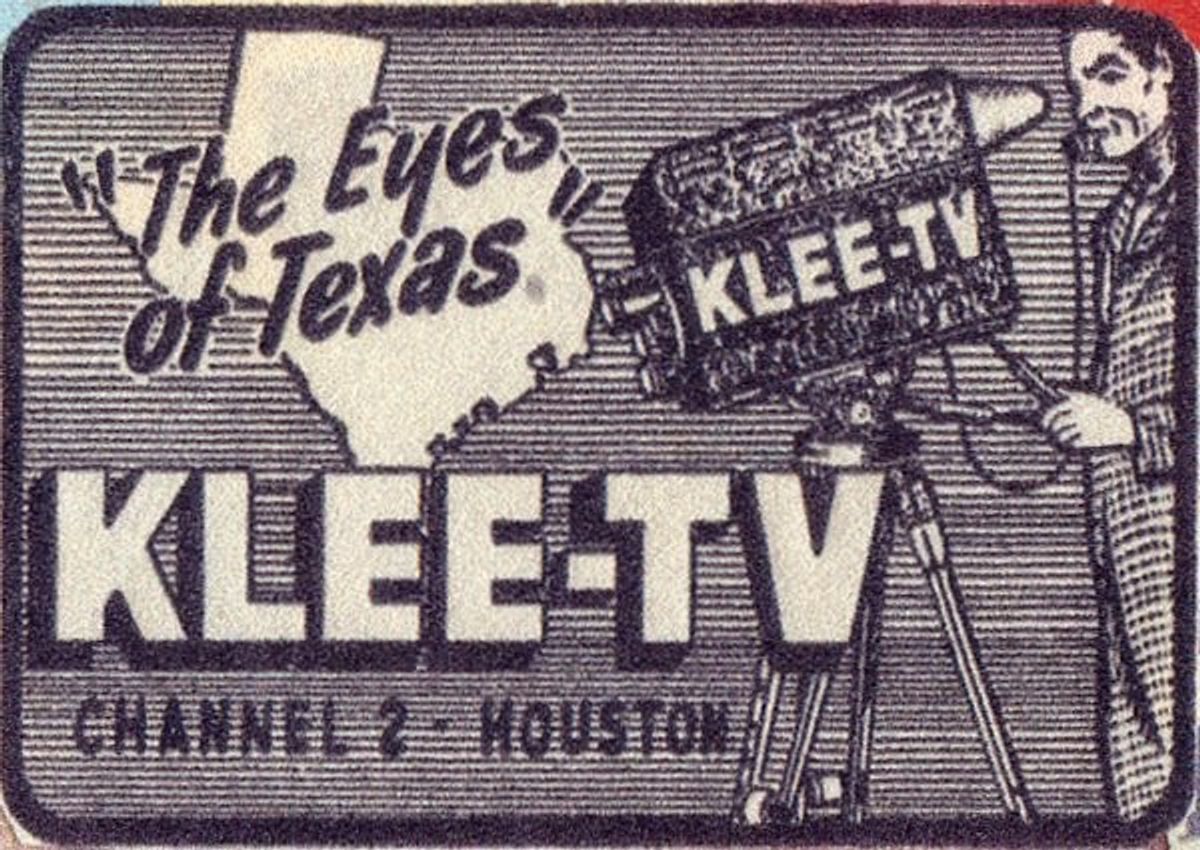Even if Earhart didn't understand how to use the radio or the direction finder, she had Fred Noonan with her, who was perhaps the premier navigator of the age. He taught navigation for Pan American airlines, and navigated the maiden flight of the China Clipper (a huge prestige project with most of the world watching, for all that it's forgotten now).
Obviously something happened to them, but I have to think that there's more to the story than simple incompetence.
Obviously something happened to them, but I have to think that there's more to the story than simple incompetence.





Comment